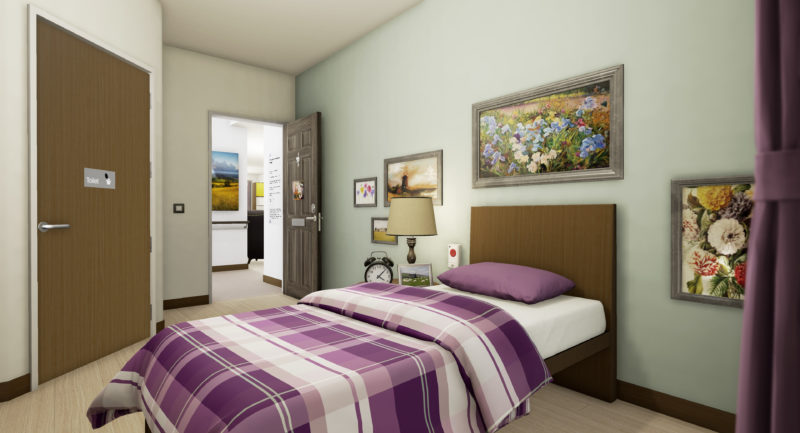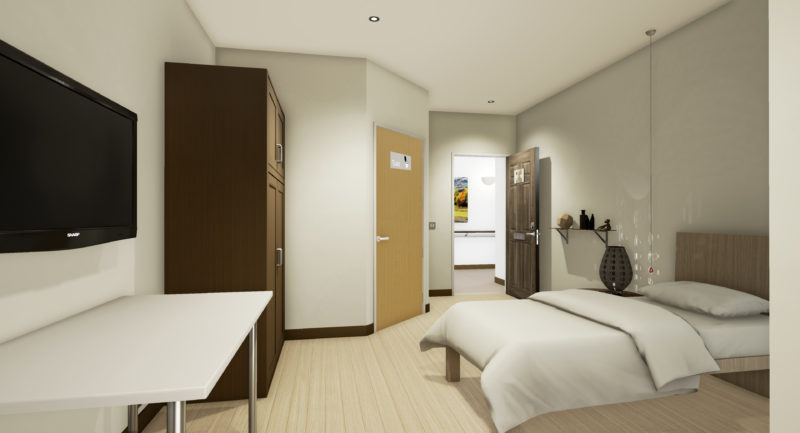
A new virtual reality device has been tipped to improve the lives of dementia sufferers by helping designers and architects create dementia-friendly buildings and spaces.
The invention, known as Virtual Reality Empathy Platform (VR-EP), will allow individuals to understand how dementia can affect a person’s vision. It could be used in the design of buildings such as care homes, hospitals or sheltered housing.
There are currently more than 800,000 people in the UK living with dementia, a figure that is expected to rise dramatically over the coming decades. People with the condition can see things very differently, with objects often appearing dimmer and less colourful than they really are.
By using this new device to see things through the eyes of a person living with dementia, designers will be able to create “homely and familiar” environments that could reduce accidents, lessen anxiety and help people live more independent lives.

The idea came from David Burgher, director at Scottish Borders-based Aitken Turnbull Architects, who has developed the product in partnership with Glasgow CGI company Wireframe Immersive and experts at the Dementia Centre, HammondCare.
David Burgher said, “At Aitken Turnbull we have many years of experience in designing buildings for the elderly and for people living with dementia and have gained valuable insight into the condition, allowing us to empathise with those who live with it. The introduction of this unique VR-EP technology takes this insight to the another level – giving building designers first-hand experience of how dementia affects vision so that we can design spaces that are far better suited to people living with the condition.
“As well as reducing anxiety, the improved design offers a better, safer and more independent quality of life. Dementia-friendly design doesn’t have to cost more. In fact, by using VR-EP, designers will get it right first time and therefore reduce costs.”
VR-EP comprises a laptop with high performance graphic and memory capability, virtual reality goggles, a games controller, camera and bespoke software programming.
The VR-EP device was developed with £50,000 of funding from Scottish Enterprise and is projected to generate ten times that amount of sales by year three of trading. Aitken Turnbull Architects and Wireframe Immersive are currently carrying out a scoping exercise with interest from Scottish Development International (SDI) to export this device to Europe, China and America.











